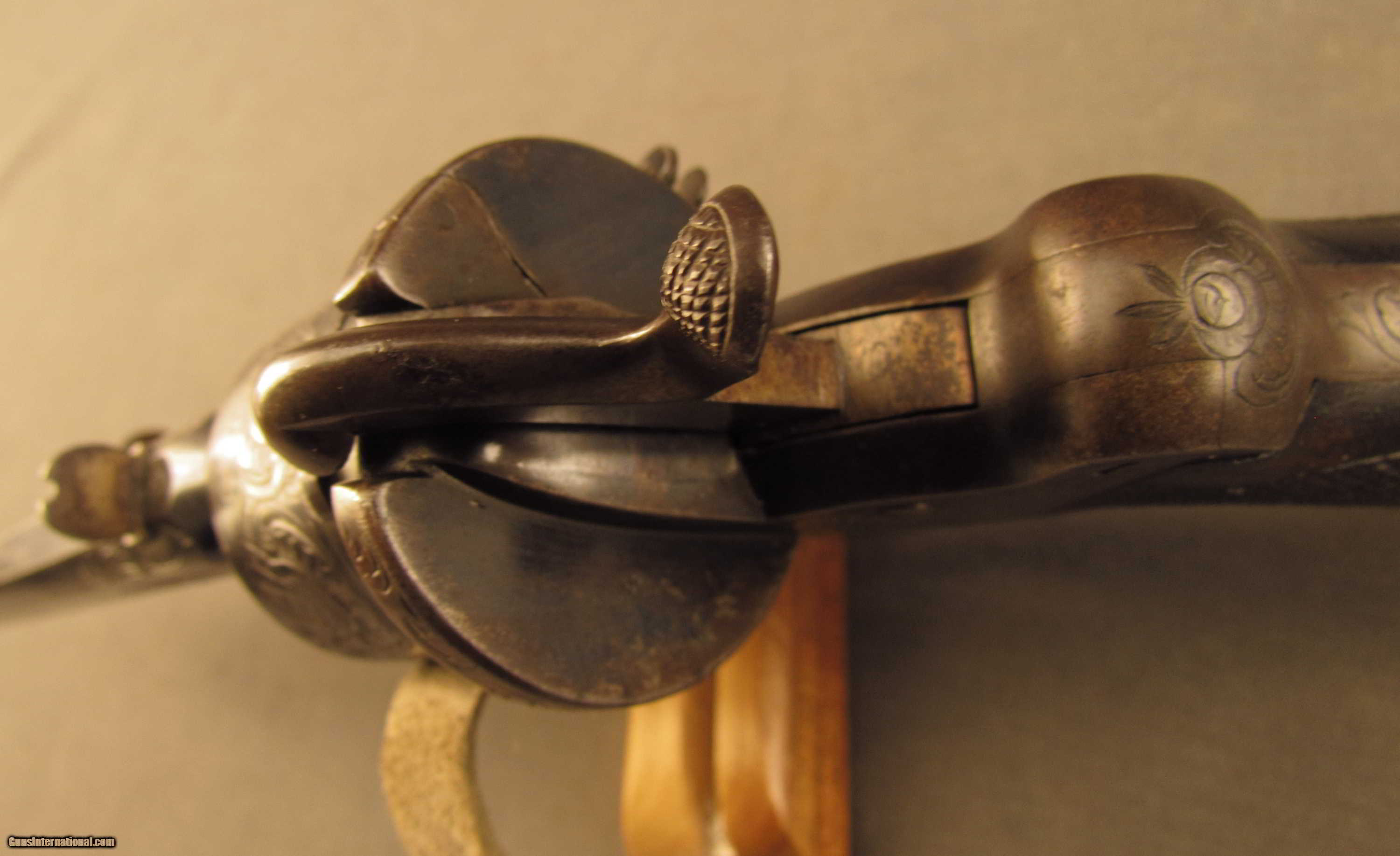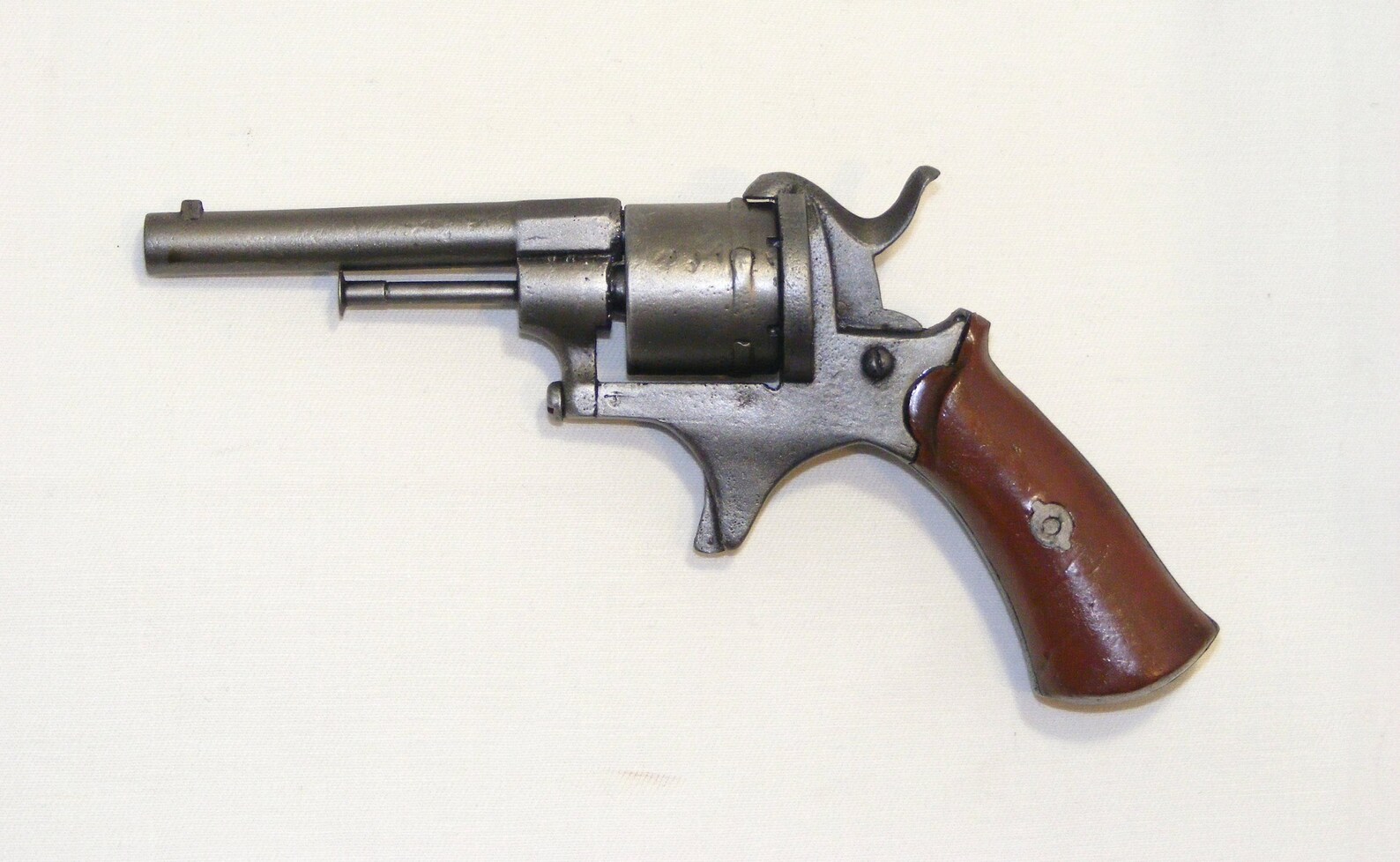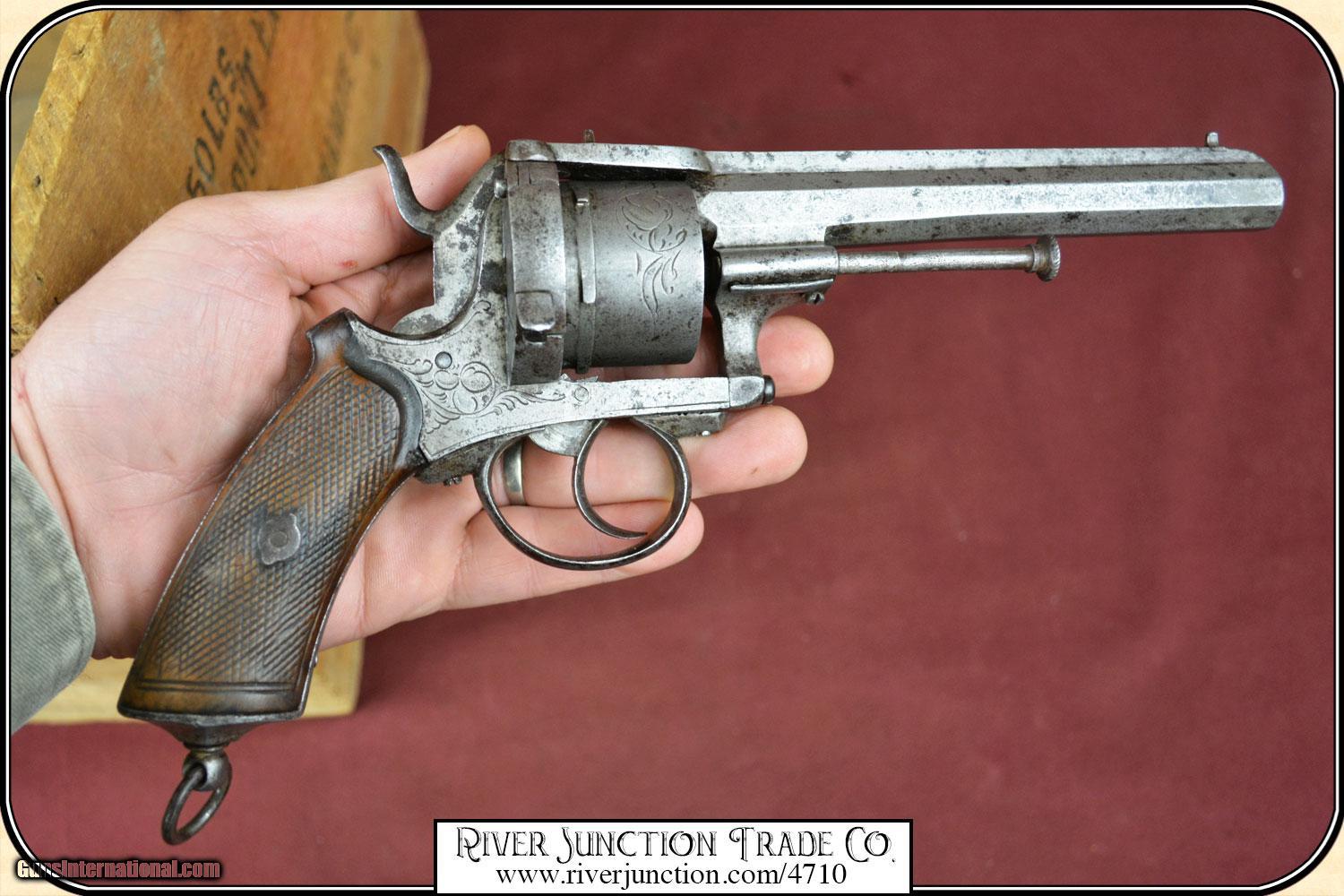

The slot for the pin had to be welded up and a firing pin installed. Just as many muzzleloaders were converted to breechloaders-think of the Springfield trapdoor action or the British Snider-many pin-fires were converted to center-fire guns. You can tell an unaltered pin-fire by the vertical slot in the breech extending to the top of the barrel (and, of course, the absence of a firing pin).

The Great Exhibition of 1851 in London did much to publicize Lefaucheux’s system. Breechloaders had existed previously, but Casimir Lefaucheux’s 1835 invention of the pin-fire cartridge-a cylinder with a pin extending at right angles to the base which detonated a fulminate charge in the cartridge-quickly led to better breechloading systems and to the development first of rimfire and then of centerfire cartridges.ĭating pin-fire guns: the 1835 date of Lefaucheux’s invention gives us a convenient terminus a quo: if the pin-fire wasn’t invented until 1835, any pin-fire gun cannot be earlier than 1835. Pin-fires represent an important stage in the development of firearms.

Greener's The Gun and Its Development, 9th edition (1910):ĭrue, yes, the absence of rifling means that this pin-fire was used for shot. Here's an illustration of early twentieth century Belgian proofs from W. But if the gun is a British or Continental breechloader, it should have proof marks on the water table of the receiver and on the barrel flats near the breech. The US never had a proof house, of course, so you have to rely on maker's names-which may well be deceptive versions of famous makers (Purdie for Purdey, for example)-and addresses (sometimes deceptive, as well). What I first look for are the marks indicating country of origin. As you might imagine, many, many Belgian guns were exported to other countries for resale. Belgian firms could produce whatever was wanted at whatever price point, and the wage structure made their prices lower than their competitors.
#Francotte pinfire revolver plus#
That, plus its skilled work force and their comparatively low wages, quickly made Liège a center for gun making. īecause of its deposits of coal and iron ore, industrialization took place early in Belgium. To my knowledge, there isn't a book out that covers European proof marks: If someone knows about such a book, please add a comment with that information. I'll restrict myself therefore to saying something about gun making in Belgium and offering some proof marks. I've owned two Belgian side by sides and two Browning Superposed, so I guess I can say that I have some acquaintance with twentieth century ones, but unlike my posts on antique English shotguns I don't have an antique Belgian one at hand to describe. A reader has asked me to say something about Belgian proof marks.


 0 kommentar(er)
0 kommentar(er)
